LIFA DISEASE
(Frictional dermal melanosis over body prominence)
Luciano Schiazza M.D.
Dermatologist
c/o InMedica - Centro Medico Polispecialistico
Largo XII Ottobre 62
cell 335.655.97.70 - office 010 5701818
www.lucianoschiazza.it
Lifa disease is a pigmentary skin condition that follows chronic rubbing and friction with a body washing agent vigorously used during bathing.
It is usually seen in the Middle Eastern and other Asian countries such as Iraq, Japan, Korea, India, Jordan as a result of using rough washing agent like lifa in Iraq, scrub pad in Mexico, nylon towel in Japan. Lifa disease is a post-inflammatory dermal melanosis that follows trauma such friction and rubbing.
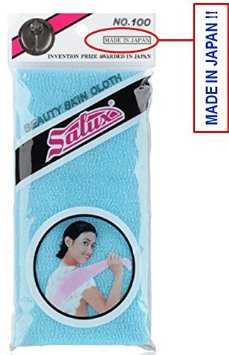
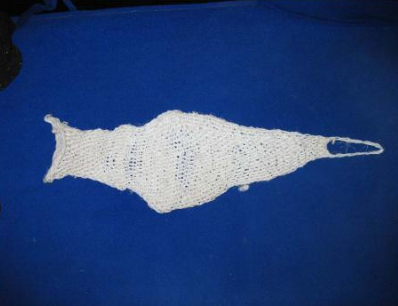
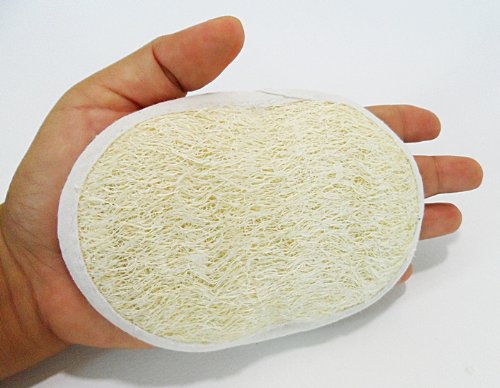

The main features of Lifa disease are
-
the affection of slim females mainly,
-
the localization, bilaterally and symmetrically, over the body prominence (clavicle, shins, upper back, Adam’s apple, lateral aspects of upper arms).
When the patient is slim with low BMI, the epidermis especially basal layer would be squeezed between washing agent and the underlying bone (like clavicle) with the consequence of damage to basal cells, a spillage of melanin into the upper dermis with uptake by melanophages (pigmentary incontinence). In the obese persons the fat works as a cushion like and prevents the damage of the basal cell layer by lifa.
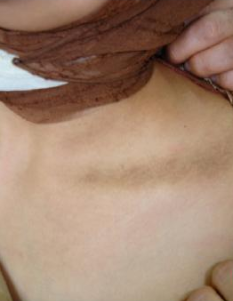
This problem could be easily mixed up with macular amyloidosis (prevalent in the above countries).
Clinically lifa disease is characterized by rippled, reticulated, meshlike, spotty, mottled macular hyper-pigmentation over the superficial body prominences, with bilaterally and symmetrically distribution. The pigmented macules may coalesce to form large patches with small macules at its periphery.
Lifa in Iraq is made from fibers which are either of plant or plastic in origin
Wood’s light examination shows no contrast enhancement which indicates that the pigmentation is mainly dermal melanosis.

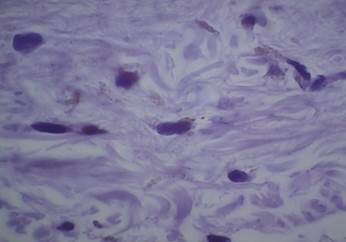
The disease is often chronic but might remit spontaneously if the patient stop to use of the washing agent (lifa) for a long time.
Lifa disease is not always easy to differentiate with macular amyloidosis because they have many common sharing features:
-
macular amyloidosis is a common condition among Asian and Middle East people including Iraqis especially females.
-
the features of pigmentation are similar in both macular amyloidosis and lifa disease. Sometimes there is a combination of both in the same patient.
-
the histopathology of both conditions consists of dermal melanosis.
-
amyloid deposition could be seen in both diseases but more commonly in macular amyloidosis. But even in the latter, the amyloid deposition might be so small that examination of repeated biopsies and multiple sections are necessary for its detection.
